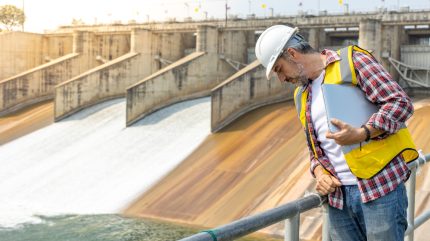
China has granted approval for the development of the ‘world’s largest hydropower dam’ in the lower reaches of the Yarlung Zangbo River in Tibet, reported Reuters.
The implications of this venture could extend to millions residing downstream in India and Bangladesh.
The proposed dam is estimated to generate an annual 300 billion kWh of electricity.
This estimate was provided by Power Construction Corp of China in 2020 and would significantly surpass the current record holder, the Three Gorges Dam, which has a designed capacity of 88.2 billion kWh.
According to official reports from Xinhua news agency, the project is integral to China achieving its carbon peak and neutrality objectives.
It is also expected to invigorate associated industries like engineering and generate employment opportunities in Tibet.

US Tariffs are shifting - will you react or anticipate?
Don’t let policy changes catch you off guard. Stay proactive with real-time data and expert analysis.
By GlobalDataThe region where the dam is to be built presents both an opportunity for hydropower generation and engineering challenges.
The financial commitment for this ambitious undertaking is projected to outstrip that of the Three Gorges Dam, which costs CNY254.2bn ($34.83bn), including expenses related to relocating 1.4 million displaced individuals—over four times its initial budget of CNY57bn.
As reported by South China Morning Post, total investment in the dam could surpass CNY1tn ($137bn), setting a new precedent for infrastructure projects globally.
While Chinese officials assert that Tibet’s hydropower projects, which reportedly possess over one-third of China’s hydroelectric potential, will not significantly harm the environment or affect downstream water supplies, the exact impact on local populations and ecosystems remains undisclosed.
Concerns have been raised by India and Bangladesh regarding potential ecological disruptions and alterations to the river’s flow and course as a result of the dam.


